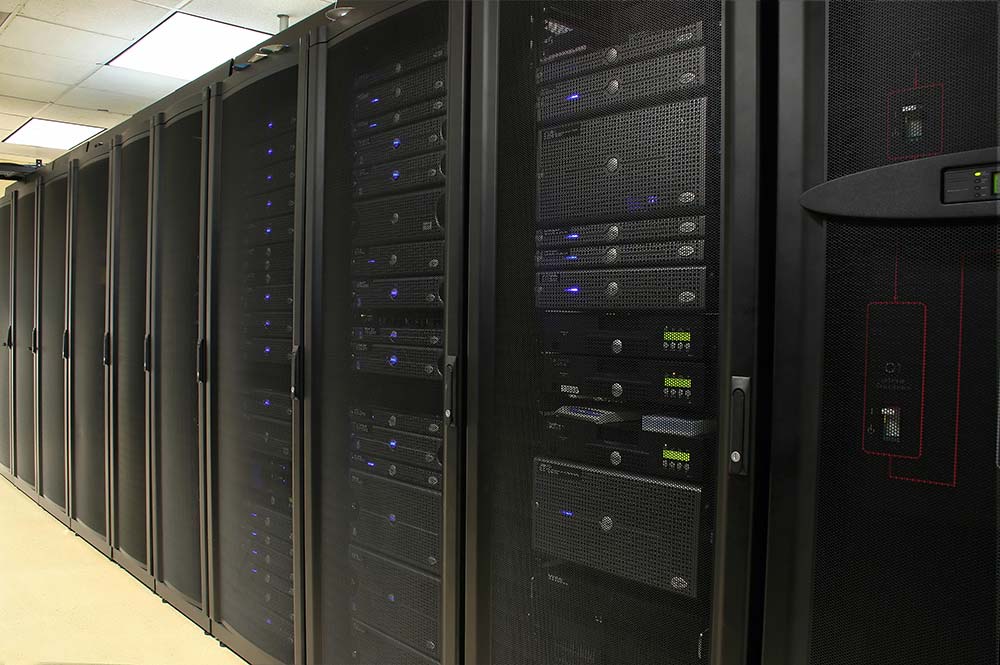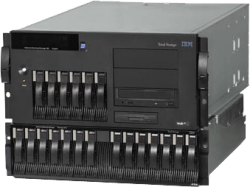IaaS Benefits and Options

Infrastructure as a Service
Infrastructure as a Service (IaaS) is an emerging trend in IT that fundamentally changes the financial model for IT infrastructure. With IaaS, companies no longer purchase infrastructure – they pay a fee for what they use. An advantage of not owning a physical infrastructure is that companies lease capacity based on fluctuating business needs. Infrastructure as a Service is a cloud-based solution delivered via a public or private cloud installation. IaaS solutions replace the traditional corporate data center or hosting facility and provide organizations with all infrastructure including servers, network, storage, and bandwidth.
The core benefits of Infrastructure as a Service are:
- Eliminates the capital expenditure for infrastructure
- Distributes infrastructure maintenance responsibilities to a service provider
- Removes life cycle management responsibilities of physical infrastructure
- Increases scalability and allows for rapid expansion or contraction based on business needs
- Allows infrastructure to become an operational cost
- Aligns IT costs with business needs
RapidScale CloudServer for IaaS
Clear Technologies offers public Enterprise-Grade infrastructure in the Cloud through its partnership with RapidScale. RapidScale’s CloudServer solution eliminates the need to spend capital on physical hardware by providing virtual, Enterprise-Grade hosted servers. With the CloudServer managed solution, there is no longer a need to worry about patches, updates, troubleshooting, or user management. CloudServer is backed by vCloud hypervisors, Net App ® storage, and the Cisco ® UCS blade chassis.
IBM Softlayer® Private Cloud
For customers who prefer a private cloud infrastructure, Clear Technologies works with partners like IBM Softlayer® to create customized, private cloud, IaaS solutions. Private clouds built on bare metal servers allow for implementation of any virtualization technology. The primary benefits of private clouds are:
- No shared resources
- Easier application development and deployment
- Rapid, flexible scalability
- Easy geographic expansion to data centers around the world
Clear Technologies helps customers develop and deploy both public and private Infrastructure as a Service solutions. Our IaaS solutions help companies reach the next level of productivity and turn IT technology into a competitive advantage.



 disaster and resilient enough to keep companies functioning during an emergency. The IT consultants at Clear Technologies analyze a company’s current environment to identify the key products and services, and the most important activities that underpin them. Once that analysis is complete, our IT consultants devise a plan for continued operations in the event of planned or unplanned outages.
disaster and resilient enough to keep companies functioning during an emergency. The IT consultants at Clear Technologies analyze a company’s current environment to identify the key products and services, and the most important activities that underpin them. Once that analysis is complete, our IT consultants devise a plan for continued operations in the event of planned or unplanned outages.



 Network Attached Storage (NAS) is an exceptional solution for customers who wish to quickly and extensively share files within their network. The reasonable cost of NAS devices has led to expanding usage by organizations, and has led to the development of clustered NAS solutions by IBM and other storage hardware suppliers.
Network Attached Storage (NAS) is an exceptional solution for customers who wish to quickly and extensively share files within their network. The reasonable cost of NAS devices has led to expanding usage by organizations, and has led to the development of clustered NAS solutions by IBM and other storage hardware suppliers. focus on the business’ strategic initiatives. In today’s business environment, IT departments are challenged to not only maintain their current infrastructure, applications, and operations but also make strategic contributions.
focus on the business’ strategic initiatives. In today’s business environment, IT departments are challenged to not only maintain their current infrastructure, applications, and operations but also make strategic contributions.